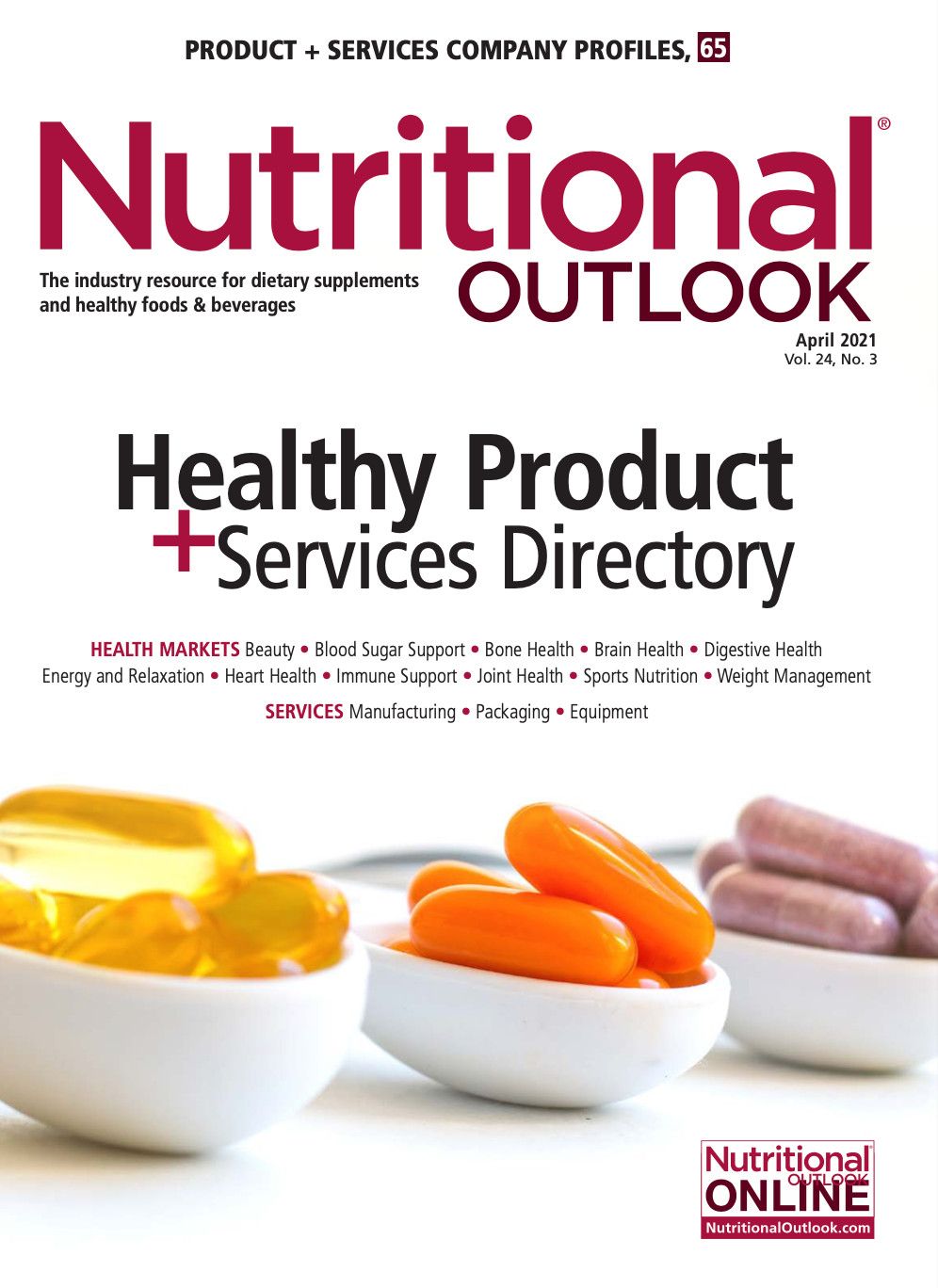The weight-management market’s post-pandemic future
Will the category recover as restrictions ease?
Photo © Lecic - Stock.adobe.com

Weight-management dietary supplement sales have fallen since the COVID-19 pandemic began. Data from SPINS (Chicago) on the 52 weeks ending November 29, 2020, for instance, showed an 11% contraction in sales of weight-management supplement ingredients in the U.S. mainstream market, with 9 out of 10 ingredients in the category falling by double-digit percentages.1
Will the factors that prompted the segment’s contraction abate, and will weight-management ingredients start to see sales grow again as restrictions ease? What can prompt consumers to start purchasing these products? For clues, we look at some of the general market forces driving consumers’ weight-management behaviors.
Pandemic Prompts Weight Gain
With fitness centers closed and sports events cancelled, an increasing number of consumers are experiencing the “Quarantine 15” weight gain. Matt Olesiak, MD, chief medical director at SaneSolution (Spokane, WA), says that for months, many Americans haven’t had a safe place to exercise.
“Going for long walks or bike rides outside was an option, but it wasn’t feasible for many people,” Olesiak notes. “At the start of the pandemic, experts weren’t sure how COVID-19 was spread, leaving many people fearful of venturing outside. Forced inactivity combined with ‘stress eating’ has led to weight gain for many people during this pandemic.”
One October 2020 survey of 1,012 U.S. adults by research firm Kelton Global (Los Angeles, CA) and biotechnology firm Gelesis (Boston, MA) found that 29% of respondents have gained weight since the pandemic started. Kelton Global extrapolated this finding to estimate that 71 million Americans have packed on the pandemic pounds.2
Consumers Holding Their Dollars
The pandemic sent shockwaves through the world economy not seen since the bursting of the dotcom bubble in 2000. The U.S. Bureau of Labor Statistics found that, seasonally adjusted, the nationwide unemployment rate spiked from a 20-year low of 3.5% in January 2020 to a 20-year high of 14.8% in April 2020.3 While the unemployment rate has since decreased to 6.3% as of January 20214, Olesiak says many consumers are still being conservative with their finances in the aftermath of a severe economic shock. Moreover, he notes that many consumers are more concerned about their immediate survival amid a deadly pandemic than they are about weight gain.
Just as consumers hoarded their money in the five years following the 2008 Recession5, the economic crisis triggered by the pandemic has caused unprecedented levels of cash hoarding. In April 2020, Americans were saving 33% of their disposable income, the highest personal savings rate ever recorded since the Bureau of Economic Analysis started tracking that metric in the 1960s.6 While the personal savings rate has since fallen from this historic peak, it was still approximately double the usual average as of December 2020.7
Gradual Improvement?
Will the weight-management market recover from this contraction? The industry certainly hopes so. As more COVID-19 vaccines roll out and restrictions ease, the hope is that more consumers will seek to get active and lose the weight they gained during the pandemic, which hopefully will bring renewed interest in weight-management supplements. Until then, companies should work to stay top of mind and continue engaging with their audiences.
References
- SPINS Conventional Channel data (Powered by IRI). “Dietary Supplements (Vitamins & Supplements and Herbs & Homeopathics).” Time period: 52 weeks ending November 29, 2020. Channel: U.S. conventional multioutlet comprising grocery, drug, Walmart, mass dollar, military, and club stores. Excludes private-label brands.
- Gelesis press release. “New Survey Finds 71 million Americans Have Gained Weight Throughout the Pandemic.” Published online December 15, 2020.
- U.S. Bureau of Labor Statistics website. “Civilian Unemployment Rate.” Accessed online February 25, 2021.
- U.S. Bureau of Labor Statistics news release. “The Employment Situation – January 2021.” Published online February 5, 2021.
- Associated Press. “Five Years After Crisis, Families Are Hoarding Cash.” Published online October 5, 2013.
- Fitzgerald M. “U.S. Savings Rate Hits Record 33% as Coronavirus Causes Americans to Stockpile Cash, Curb Spending.” CNBC. Published online May 29, 2020.
- U.S. Bureau of Economic Analysis website. “Economic Research: Personal Savings Rate.” Published online January 29, 2021. Accessed online February 25, 2021.

Prinova acquires Aplinova to further increase its footprint in Latin America
April 7th 2025Prinova has recently announced the acquisition of Brazilian ingredients distributor Aplinova, which is a provider of specialty ingredients for a range of market segments that include food, beverage, supplements, and personal care.

























